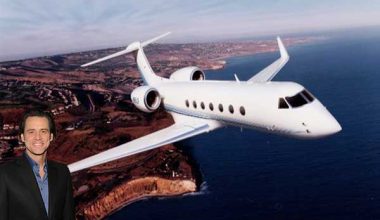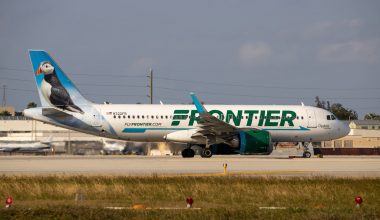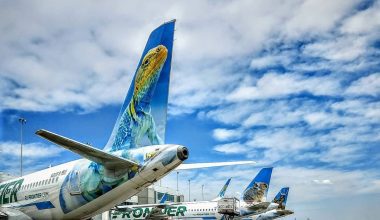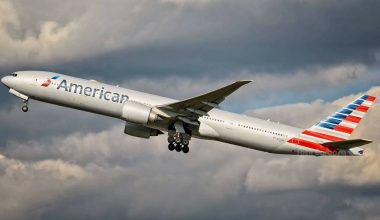It has been 21 years since the US witnessed the deadliest terrorist attacks in its history, which took the lives of nearly 3,000 people. In a span of fewer than 90 minutes on that clear, blue morning in the late summer of September 1, the world changed, and everything was not the same again. The horrific events of 9/11 imposed a catastrophic emotional toll on US citizens but they also reshaped the global response to terrorism, led to profound, persistent changes in the way people fly, and drastically reshuffled the framework of the US immigration enforcement operations forever.
September 11, 2001, marks the day of horrendous terror attacks orchestrated by Al Qaeda leader Osama bin Laden that led to a total of 4 plane crashes into the Twin Towers of the World Trade Center in New York, the Pentagon in Arlington, Virginia, and a field near Shanksville, Pennsylvania. Let’s take a closer look into the September 11, 2001 attacks and how they changed the aviation world forever.

Outlining the horrible events of 9/11
Americans still struggle to heal from the excruciating pain caused by the 9/11 attacks. It’s the day that shocked the world with the extremity of human cruelty, the day that changed the face of US aviation, and the day that raised the concerns over terrorism to the highest level in this period. Why is September 11 a significant day in the aviation world?
Also Read: A detailed insight into the only airport in Kabul: Kabul International Airport
On September 11, 2001, a group of 19 hijackers belonging to the militant Islamic extremist network al-Qaeda turned four Boeing jetliners into missiles and crashed them into different US locations. American Airlines Flight 11, American Airlines Flight 77, United Airlines Flight 93, and United Airlines Flight 175 were four domestic scheduled passenger flights that were hijacked by terrorists onboard as a part of the 9/11 attacks.

Flight AA11, operated by Boeing 767-223ER, was flying from Logan International Airport (BOS) to Los Angeles International Airport (LAX) carrying 92 people onboard when five al-Qaeda terrorists took over the controls of the aircraft and deliberately crashed it into the North Tower of the World Trade Center in New York. None of the 92 occupants survived the crash.
Another victim of the 9/11 attacks was Flight UA175. Boeing 767-200 aircraft was performing the flight on the Boston-Los Angeles routes with 65 people onboard. The aircraft departed Boston Logan International Airport at 08:14 local time. Thirty minutes into the flight, five hijackers forcibly entered the cockpit, overpowered the pilots, and took over the controls. The terrorist stabbed the flight crew, killed the captain and first officer with knives, and crashed the plane into the South Tower of the World Trade Center in New York. The crash of Flight 175 occurred 17 minutes after the crash of AA Flight 11.
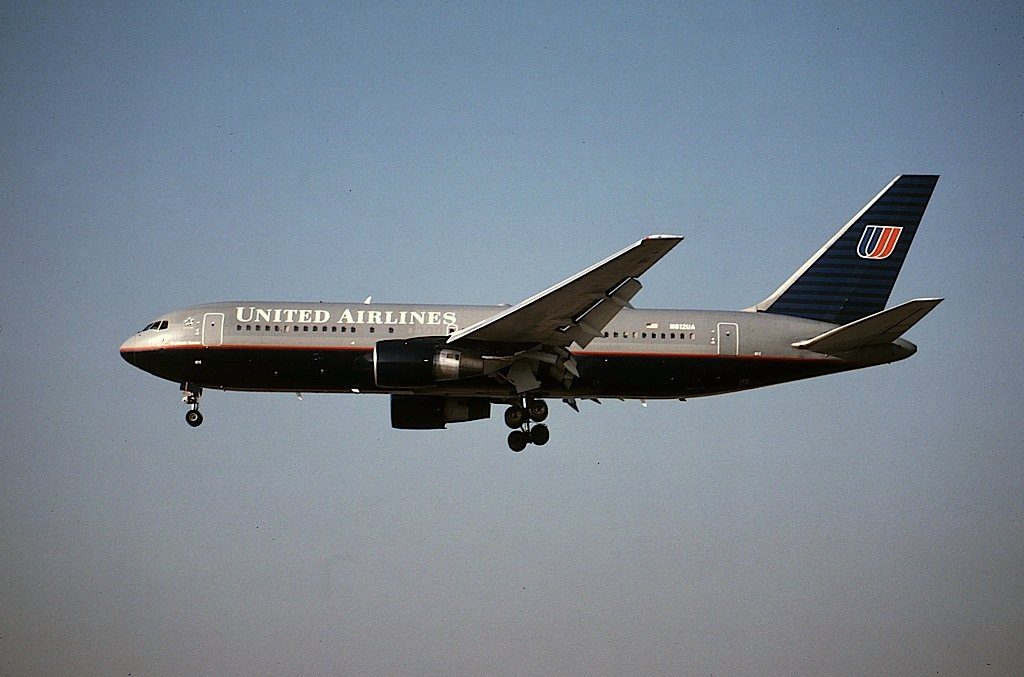
The other flight destined to crash was a transcontinental passenger flight AA77 headed towards Los Angeles International Airport from Washington Dulles International Airport. Boeing 757-223, carrying six crew and 58 passengers, departed Dulles at 08:20 and was cruising normally until five hijackers stormed the cockpit after 30 minutes into the flight and eventually crashed the plane into the western side of the Pentagon at 09:37.
On this fateful day, United Airlines UA93 somehow tried to regain control of the plane from four hijackers with the help of passengers and crew but crashed into a field near a reclaimed strip mine in Stonycreek Township during the struggle. The flight bound for San Francisco departed Newark International Airport 42 minutes after the scheduled departure time ferrying 7 crew and 37 passengers. Forty-six minutes after takeoff, the hijackers forcibly breached the cockpit and diverted it back toward the east coast, in the direction of Washington, away from the terrorists’ intended target. All 44 people onboard, including hijackers, were killed.
The 9/11 attacks claimed the lives of nearly 3000 people and caused over 25,000 injuries and substantial long-term health consequences. The terror attack resulted in at least $10 billion in infrastructure and property damage, but no industry suffered greater economic damage than US aviation. The halting of commercial flights, widespread fear associated with flying, and a huge decline in non-essential air travel pushed many airlines to the brink of bankruptcy and exposed the vulnerability and fragility of air travel. The immediate grounding of airplanes, temporary but complete shut-down of the commercial aviation system, and plunge in business travel demand in the wake of 9/11 resulted in significant financial losses, job cuts, and massive pay cuts for the airline industry and aviation workers.
The immediate shock of 9/11 subsided, but the aviation industry took a completely different dimension by introducing an array of security measures that are paramount today.
How the 9/11 attacks changed the world of aviation
Under the death and destruction of the 9/11 attacks, a shaken nation came together in the spirit of patriotism and public unity. The attack instigated what would become the longest war in US history, the global war on terror. In direct response to the events of 9/11, the US defense budget outpaced civilian spending by nearly fivefold and the country placed immigration operations under the Department of Homeland Security. Immigration and terrorism became nearly equivalent, and stringent new security requirements were implemented to ensure such events could never be repeated.
Also Read: Bali Airport closure due to volcanic eruption leaves thousands of tourists stranded
The tragedy of 9/11 led to a turning point in US aviation that has ultimately made America the safest and the most well-networked country in the world. Since September 11, 2001 attacks, the aviation world saw changes where security took the center stage and air travel became more about safety and survival than carefree adventure. Full-body scanners, security checks, mandatory identity verification, flight attendant training, restrictions on taking certain items onboard, and several other ranges of new processes were introduced to ensure safety and security at airports and within aircraft.
Airport practices before and after 9/11
Before the 9/11 attacks, friends and family members of passengers could bid farewell to their loved ones at the airport gates. Flying was an adventure with little to no restrictions on the luggage content that passengers could bring onboard aircraft. The preflight security screenings were tasks of private contractors, and roughly 5% of passenger luggage was screened in the US. There was no need to take off shoes or belts before going through checkpoints, and some lucky passengers could experience the marvel of flight from the cockpit upon pilots’ invitation.
After the terror attack, air travel became more cumbersome and time-consuming, with passengers herded like cattle through airports. The long waiting security lines, 100% scrutiny of checked luggage, airport passenger screenings for weapons or firearms, limitation on certain types of things, and an array of other regulations were implemented to thwart hijackings and improve flight safety and aviation security.
In America, Transportation Security Administration (TSA) was founded on November 19, 2001, as a response to the 9/11 attacks which took over security screening from private contractors at airports and other transportation points and sought to improve airport security procedures. The United States Department of Homeland Security agency deals with passenger and carry-on luggage screening, including identification requirements, pat-downs, full-body scanners, explosives screening, etc.
Identity verification
During September 11 airplane hijackings, some terrorists boarded the flights without proper identification. Post-attack, nations became more aware of passenger identity verification mechanisms. A valid government-issued identification became mandatory to fly, and airport authorities could examine their ID anytime. In 2002, the European Union passed a regulation requiring airlines to confirm that the checked luggage belongs to the same person who boards the flight.
Safety on board
Within two years of 9/11, aircraft manufacturers standardized bullet-proof and locked cockpit doors on commercial aircraft to prevent forceful breaching of the cockpit. As part of regulations that are now standard practices, passengers weren’t welcome in the cockpit anymore, and pilots couldn’t unlock the cockpit door without ensuring the person who knocked it first.
Covert actions
In lesser-known news, many countries have covert law enforcement or counter-terrorist agencies that provide a discreet anti-hijacking capability for civil aviation by placing armed security onboard commercial aircraft. America has an unknown number of air marshals deployed to assess, address, and mitigate potential risks and threats to air transportation and protect the flying public on domestic and international flights from crime and acts of terrorism. There were 33 active air marshals among 50 positions authorized by Congress on the 9/11 flights.
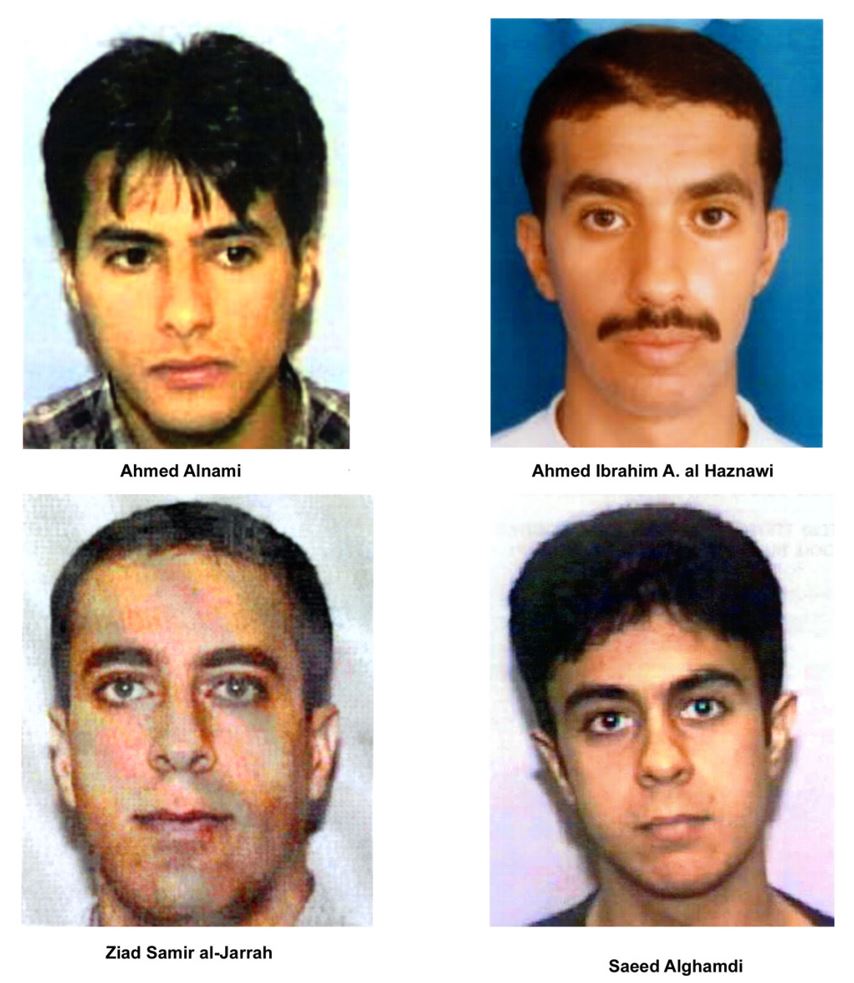
Air marshals are professionals as they operate in covert positions and hide their identities to thwart threats successfully.
Bottom line
The 9/11 attack is one of the most horrendous terrorist activities, and its fire continues to burn. The four Boeing plane hijackings took thousands of lives, but the events transformed the face of the aviation industry with significant security changes, which are now normal at airports. Safety is the number 1 priority of every airline post-attack; nonetheless, it has contributed to making flying a more aggravating exercise.


